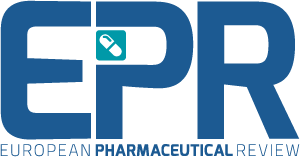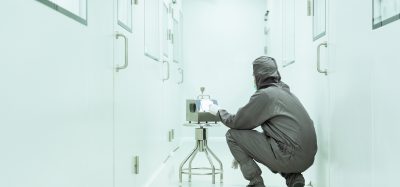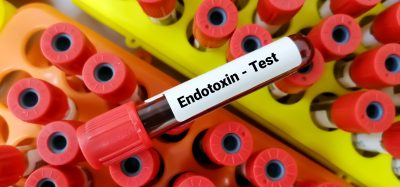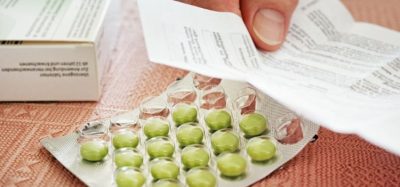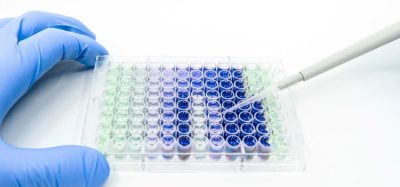USP boosts support for AAV-based gene therapy manufacturers
Posted: 29 April 2025 | Catherine Eckford (European Pharmaceutical Review) | No comments yet
Alongside publication of the proposed General Chapter <1067>, the new resources from USP aim to help advance AAV gene therapies.
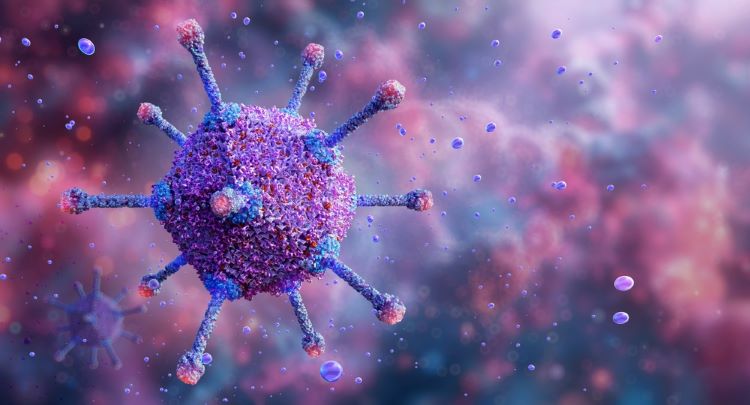

The US Pharmacopeia (USP) has launched a selection of resources, including reference materials and standards, to support developers and manufacturers of AAV-based gene therapies.
Alongside these resources, USP is publishing the proposed General Chapter <1067> AAV Best Practices for the Manufacture and Quality Control of Recombinant Adeno-Associated Virus (rAAV) Gene Therapy Products. The chapter provides best practices “for the structure, manufacture, and quality control of rAAV products for in vivo gene delivery applications”, USP shared.
Additionally, USP recently launched a guide featuring quality and safety resources for AAV developers and manufacturers. The assets include common methods, reference standards and materials for each analytical method.
USP produced these resources following feedback from AAV manufacturers who highlighted the “unique technical and regulatory challenges that complicate their path to market”, according to Fouad Atouf, PhD, Senior Vice President of Global Biologics for USP.
Improving the AAV gene therapy development lifecycle
“establishing an intensified manufacturing process for AAV which is accessible to therapy developers from the start of their development cycles could enable them to manufacture for an indication which may have previously been not cost effective to enter”
The organisation emphasised that a lack of standardisation slows the development and commercialisation of AAV therapies. Therefore, these resources aid manufacturers in standardising quality assessment and control through the entire production lifecycle.
Last year, three pharma organisations committed to a two-year AAV-focused industry partnership that aims “to help make gene therapies more affordable to healthcare systems and ensure that sufficient volumes of AAV can be produced to meet an increase in demand”, explained Matthew Durdy, Chief Executive of the Cell and Gene Therapy Catapult. Specifically, the partners will collaborate to enhance perfusion processes for AAV gene therapies.
Following the announcement, Daria Marsh, Head of Bioprocessing at CGT Catapult told EPR that “establishing an intensified manufacturing process for AAV which is accessible to therapy developers from the start of their development cycles could enable them to manufacture for an indication which may have previously been not cost effective to enter.”
Related topics
Big Pharma, Drug Development, Drug Manufacturing, Gene therapy, Industry Insight, Regulation & Legislation, Research & Development (R&D), Technology, Therapeutics
